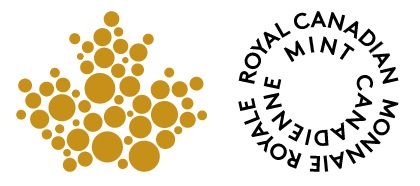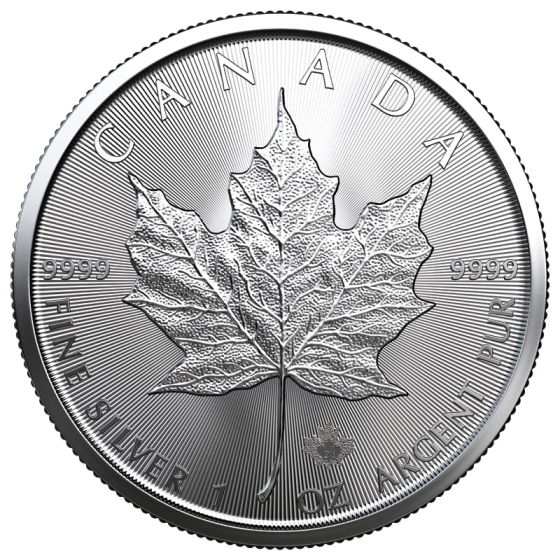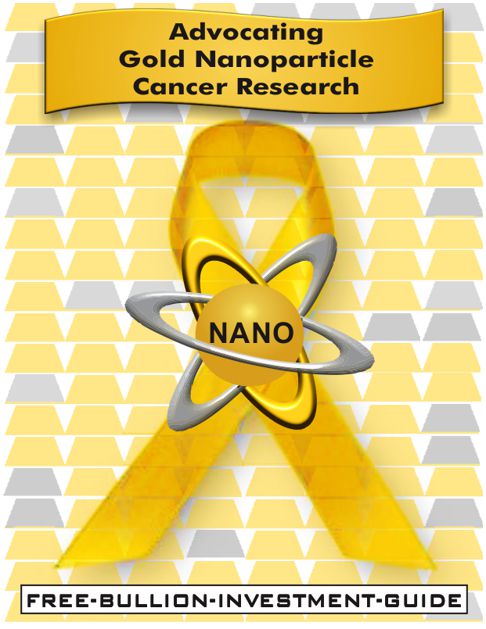Homepage / Bullion Coins: Canadian Bullion
ExpressGoldCash - 4.9 star - Customer Reviews
Last Updated on 09/03/2024
The Royal Canadian Mint &
Canadian Bullion Coins
The Royal Canadian Mint (RCM), established in 1908, is globally recognized as one of the world's most versatile mints, offering a diverse array of high-quality coinage products and related services on an international scale.
The RCM's Ottawa and Winnipeg facilities produce Canadian coins, manage the country's coin system for efficiency, and are a world-renowned manufacturer of precious metals investment products, collectibles, and medals.
History of the Royal Canadian Mint
From 1905 to 1908, the British government constructed the buildings for their new satellite branch of the Royal Mint in Ottawa, Canada.
Prior to this satellite branch's construction, most Canadian coins were struck at the Royal Mint in London, England, using gold mined during Canada's gold rush in British Columbia and the Yukon.
The new satellite branch of the Royal Mint was opened on the 2nd of January in 1908 by Canada's Governor General, Earl Grey, producing coins for circulation, including Ottawa Mint sovereigns.
Before the end of the opening ceremony, the Countess Grey struck
Canada's first bronze cent, signifying the official opening of the Ottawa branch of Britain's Royal Mint.
(Photo Courtesy of HMdb.org)
In the Mint's early years, it produced gold sovereigns, Canadian coins, and it refined millions of ounces of gold.
Gold Sovereigns stuck in Canada during the British Empire were marked with the mint mark "C" from 1908 to 1919; the identifying "C" mint mark on Canadian struck Gold Sovereigns is on the ground above the "year of issue." (click images to enlarge)
The new branch of the Royal Mint carried out its services for the British Empire throughout World War I, which included making gun parts for British troops.
On December 1, 1931, the Canadian branch of the Royal Mint was transferred to Canada's Government and renamed the Royal Canadian Mint (RCM).
After years of setting new coinage and refining records, the Royal Canadian Mint was established as a Crown Corporation in April 1969 under the Royal Canadian Mint Act to mint coins and conduct related operations.
The Royal Canadian Mint in Ottawa designs and tools the dies for striking coins, and it refines and produces precious metal in various forms, including Canadian bullion coins, numismatic coins, bars, wafers, grains, medals, and medallions.
In 1982, the Royal Canadian Mint achieved the milestone of refining gold to a purification of 99.99% or 999.9, a purity level with only one hundred parts per million (0.01%) of impurities.
The Winnipeg Mint
To meet the demand for circulated coins, the Royal Canadian Mint constructed a second mint in Winnipeg in 1976 when its main facility in Ottawa reached full capacity.
The Winnipeg Mint is a high-volume manufacturing plant covering a total area of 59,000 square feet that produces all Canadian coins for circulation.
The Royal Canadian Mint's Winnipeg facility hadn't struck gold or silver coins until 2019 when they struck these specially made coins (right), which are the product of a unique collaboration of expertise between the Winnipeg and Ottawa Mints.
The employees from each RCM facility collaborated to create gold and silver bullion coins that recognize Winnipeg with a "W" mint mark while honoring the Mint's world-renowned Maple Leaf bullion coins.
On June 13, 2013, the Royal Canadian Mint expanded its Winnipeg facility by opening a new 70,000-square-foot, $60 million plating facility called the Hieu C. Truong Center of Excellence for Research and Development.
The plating expansion enables the RCM to increase production of multi-ply plated steel blanks and other advanced plated products by two billion pieces per year.
The new Center of Excellence, named for one of the Mint's most celebrated innovators, will ensure that the Royal Canadian Mint remains at the leading edge of minting technology.
Innovative Tech & 99999 Refining
The Royal Canadian Mint is globally known for its innovation, attention to detail, and achievements in technology, which include:
- Patented, cost-saving plated coin technology
- Patented locking mechanism for high-security bi-metallic coinage
- Patents pending for colored coin technology, hologram technology, and silver and gold refining processes.
As mentioned earlier, in 1982, the Royal Canadian Mint achieved the milestone of refining gold to a purity of 99.99% or 999.9.
In 1999, the Royal Canadian Mint surpassed the 999.9 milestone by refining for the first time 99.999% or 999.99 (five 9's) gold with a purity of a thousand parts per million (0.001%).
The Royal Canadian Mint is the only Mint in the world crafting coins from 999.99 pure gold.
The Royal Canadian Mint has repeatedly celebrated this milestone by issuing many bullion coins composed of 999.99 gold, including a million-dollar bullion coin minted in 2007.
The 100 kg (3,215 troy ounces) Canadian gold bullion coin was named "The Big Maple Leaf" and was initially designed to be a one-of-a-kind item until several well-financed investors thought otherwise showed interest in owning one of these "one of a kind" gold bullion coins.
Five of the 100-kilogram gold bullion coins have been purchased from the Royal Canadian Mint, but only four remain due to a 2017 theft, as this article details here.
The "Call of the Wild"
In 2014, the Royal Canadian Mint (RCM) introduced the 99999 Gold 'Call of the Wild' bullion coin series, making them one of the first series of bullion coins minted of "five 9s" gold.
The reverse side of the 99999 gold bullion coin features iconic wildlife that inhabit the Canadian wilderness; one little-known fact is that the thick curved lines around the animal represent the sound waves of each animal's 'Call of the Wild.'
New Anti-Counterfeiting Tech
From 2013 to 2018, the Royal Canadian Mint came out with several new technological innovations to their bullion coins to combat counterfeiting.
- Radial Lines on Obverse and Reverse sides of the coins
- Laser Mark - Micro Engraving
- Bullion DNA, a unique new authentication process
-
MINTSHIELD surface protection found exclusively on Silver Maple Leaf bullion coins to stop "Milk Spots" (click graphic to enlarge)
Canadian Bullion Coin Values
The "Face Value" of a bullion coin does not represent the intrinsic value of the precious metal content of the bullion coin.
In regards to a coin, a coin's intrinsic value is determined by what it consists of and how much it weighs.
Canadian Bullion Coins are bought and sold based on the current market spot price of gold, silver, or platinum, plus a premium to cover minting, handling, distribution, and marketing costs.
Furthermore, the lower the mintage of a coin, the more a collector's premium will be attached to it. Only recently did the Royal Canadian Mint (RCM) start to offer "Premium Bullion Coins" with limited mintages to the public in special assay cards.
Overall, the Royal Canadian Mint wholesales their bullion coins in large volumes to a global network of bullion distributors who have the required infrastructure to meet market needs.
Source: The Royal Canadian Mint
Gold Bullion Coins
Gold Maple Leaf
Canadian Bullion Coins
1979 - Present
|
1 oz. Canadian Gold Maple Leaf Bullion Coin 1/2 oz. Canadian Gold Maple Leaf Bullion Coin 1/4 oz. Canadian Gold Maple Leaf Bullion Coin |
Anniversary Gold Maple Leaf
Canadian Bullion Coin
2019
1 oz. 40th Anniversary Canadian Gold Maple Leaf Bullion Coin
99999 Gold 'Call of the Wild'
Canadian Bullion Coin
2014 - 2020
1 oz. Canadian 99999 Gold 'Call of the Wild' Bullion Coin
Gold Premium Bullion
1/10th oz. Gold Majestic Polar Bear Coin
Silver Maple Leaf
Canadian Bullion Coins
1988 - Present
1 oz. Canadian Silver Maple Leaf Bullion Coin
Anniversary Silver Maple Leaf
Canadian Bullion Coins
2013 & 2018
The 1oz. Canadian Wildlife Silver
Bullion Coin Series
2011 - 2013
2006 1/2 oz. Silver Timber Wolf
Canadian Bullion Coin
1/2 oz. Silver Timber Wolf Bullion Coin
Silver Premium Bullion
1 oz. Silver Majestic Polar Bear Coin
Platinum Maple Leaf
Canadian Bullion Coins
1988 - Present
1 oz. Canadian Platinum Maple Leaf Bullion Coin
Palladium
Canadian Bullion Coins
2005 - Present
1 oz. Canadian Palladium Maple Leaf Bullion Coin
Other Pages you may like...
|
|
|
|
|
|
ExpressGoldCash - 4.9 star - Customer Reviews
The Royal Canadian Mint & Canadian Bullion Coins
For Bullion Market News...
|
Support this Guide & Paypal Thank You for Your Support |
|
|
 | |||||
Free Bullion Investment Guide
Keep this Guide Online
& Paypal
Thank You for
Your Support
Search the Guide
| search engine by freefind | advanced |

Daily
Newsletter
Mintages
for
2024
Gold & Silver Mexican Libertad
|
Gold Libertads |
Chinese Gold Coin Group Co.
& Chinese Bullion
2025
Gold & Silver Chinese Panda
|
Silver Panda |
Help Us Expand our Audience by forwarding our link
www.free-bullion-investment-guide.com.
Thank You!
March's

All Articles were Originally Posted on the Homepage
Platinum per Troy Oz. (ozt.)



































































